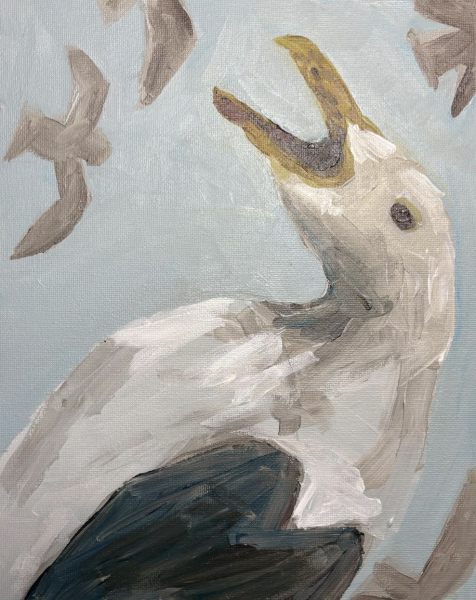The history of past pandemics
Many times when we go through certain experiences, we feel alone. We believe no one has gone through the same thing or felt the same way. With many individuals experiencing isolation and self-quarantine because of the COVID-19 outbreak, it’s nice to know we aren’t the only ones being affected by pandemics since man first walked the Earth.
1918
The Spanish flu raged across the world from 1918 to 1919, killing a total of 50 million people worldwide. The origin of the flu remains unknown, but the most mind boggling part for scientists was the fact that the highest mortality rates were among healthier individuals, most of whom were between their 20s and 40s. This pandemic was first identified in the spring of 1918 among military personnel. Governments resorted to quarantines and use of disinfectants to reduce the spread since there was no vaccine available.
1957
First recognized in East Asia in February of 1957, this flu pandemic reached America by midsummer and targeted young children, pregnant women and the elderly. Individuals who caught the flu had one of two reactions: a cough and mild fever or harsher effects such as pneumonia. It was determined by scientists that those with milder side effects had more protective antibodies in their bodies which kept the virus from becoming too powerful. The result of the pandemic was 1.1 million deaths worldwide.
2009
Also known as the swine flu, one of the first laboratory-confirmed cases of H1N1 was identified in a young girl from California. Unlike previous pandemics, this virus contained genes from birds, swine and humans which ultimately gave the virus its nickname of the “swine flu.” Children, young adults and middle-aged adults were most affected by the virus, and according to the Centers for Disease Control and Prevention (CDC), there were 12,469 deaths in America alone.
From the first recorded pandemic in 430 B.C. to today, history shows that pandemics have always been a part of our existence. Doctors and scientists continue to work around the clock trying to develop vaccines to help protect us. Each pandemic runs its course and eventually ends — even though right now, it may not seem like there is an end in sight. Despite the strangeness of today’s world, history shows that we will get through this. We just have to be patient and prudent.

Emma Bartlett was the Hawks’ Herald Arts and Culture Editor — serving students with news about theater, visual arts, and dance performances on...





